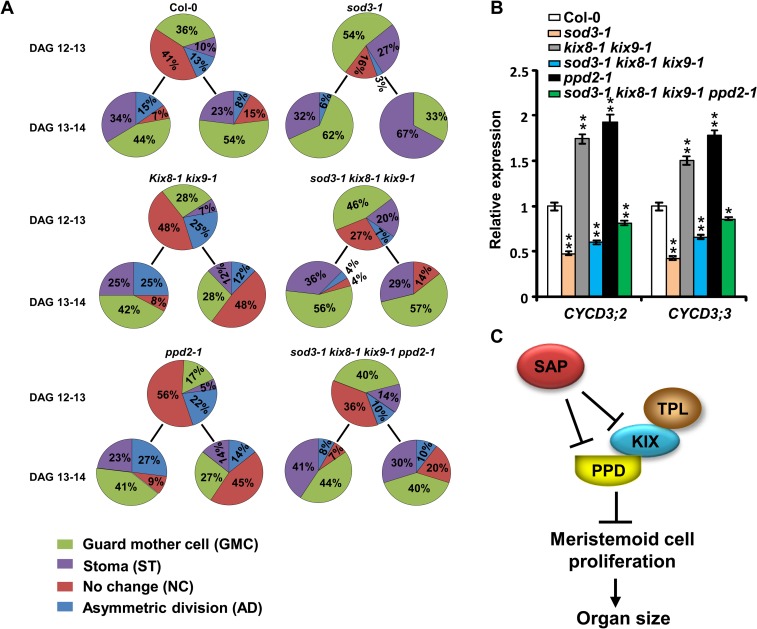Fig 5. The SAP-KIX-PPD module controls meristemoid cell proliferation.
(A) Proportion of cell types (meristemoid after asymmetric division, guard mother cell, stoma, or meristemoid) originating from meristemoids were followed from 12 to 14 DAG by making daily dental resin imprints of the abaxial epidermis of leaves. Representative images of dental resin imprints of the abaxial epidermis of leaves at 12 to 14 DAG used to estimate the proportion of cell types originating from the meristemoid division were shown in S1 Fig. (B) Relative expression levels of CYCD3;2 and CYCD3;3 in the first pair of leaves of 12-d-old Col-0, sod3-1, kix8-1 kix9-1, sod3-1 kix8-1 kix9-1, ppd2-1, and sod3-1 kix8-1 kix9-1 ppd2-1 seedlings. *P<0.05, **P<0.01 compared with the wild type (Student’s t-test). (C) A genetic and molecular framework for SAP, KIX and PPD-mediated regulation of meristemoid cell proliferation and organ size. The PPD-KIX-TPL complex controls organ growth by restricting meristemoid proliferation. SAP promotes meristemoid proliferation by targeting KIX and PPD proteins for degradation.

